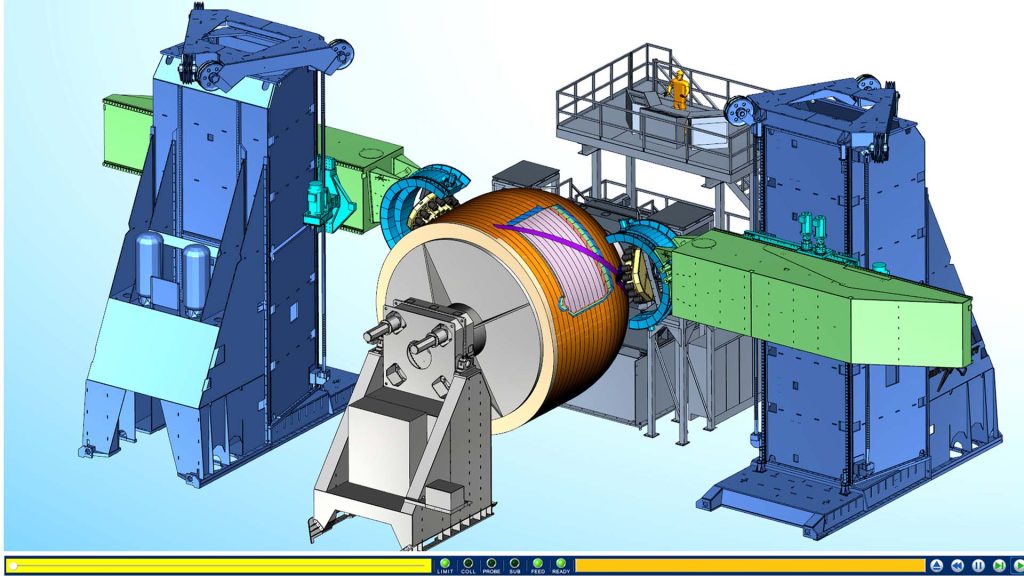CGTech has unveiled the new release of Vericut Composites Programming (VCP) and Vericut Composites Simulation (VCS), with strengthened core software features to meet growing demands for composites manufacturing.
Launching alongside Vericut v9.3, VCP and VCS 9.3 should both feature improvements to simulation graphics and ease of use such as adjusting the rendering of form edges, importing form surfaces, and creating and saving custom views.
CGTech said improvements have also been made to algorithms such as form offset linking, advanced path generation, and advanced rosette systems.
Additionally, VCP should be able to read CAD surfaces, ply boundary information and add material to fill the plies according to user-specified manufacturing standards and requirements.
CGTech said these layup paths are linked together to form specific layup sequences and output as NC programs for automated layup machines.
VCS should simulate work environments for automated composites manufacturing, simulating the sequence of NC programs on a virtual machine, including head changes, probing and knife cutting.
Users should be able to measure the simulated material applied to the virtual form and inspect for stack thickness, ply offset, ply angle, and other specifications to ensure the NC program follows manufacturing standards and requirements.
VCP should also feature new settings for advanced path generation, which aim to increase the quality of courses generated on thin, closed parts, or parts with small radii.
Users should be able to set values for criteria such as tolerance for boundary-crossing distances, minimum knot spacing and ply angle adjusting during path propagation.
Other now features should include an advanced rosette system, which can be used to define different rosette configurations for different sections of the part, called rosette zones.
During course generation, VCP should pick the closest rosette zone and use this configuration to find the rosette direction for the path.
VCP and VCS 9.3 should also feature the new FEA Nastran Support, which should help users generate a detailed finite element shell model of a laminate’s layers.
With the locations of a set of element nodes, the software should be able to assign each ply’s material to those nodes and specify the fibre direction at each node.
The new release should offer users the possibility to write custom Python version 2.7.2 scripts using VCP’s available APIs.
Additionally, users should now be able to import new surfaces into an existing laminate from CAD data.
For those who prefer dark colours for easing eye strain, VCP and VCS 9.3 should now support a dark mode colour theme. Users should also be able to define which columns show in the window by default in their settings.
Finally, in the new release, checking the View Clearance box should turn on a graphical representation of the clearance area when a plane or cylinder is selected.
Adjusting the settings in Axis System Settings should instantly update the clearance area in the graphics window.






